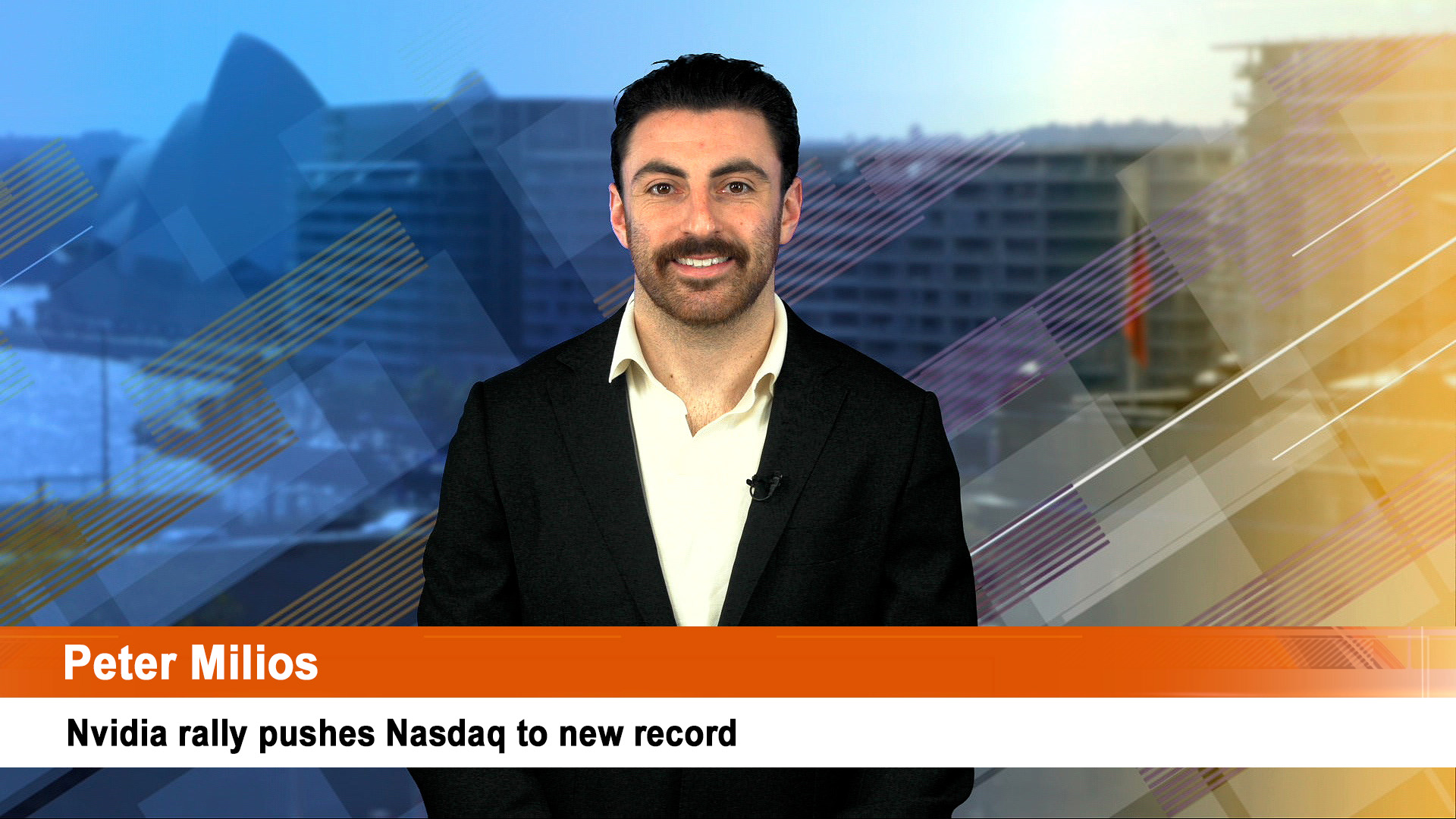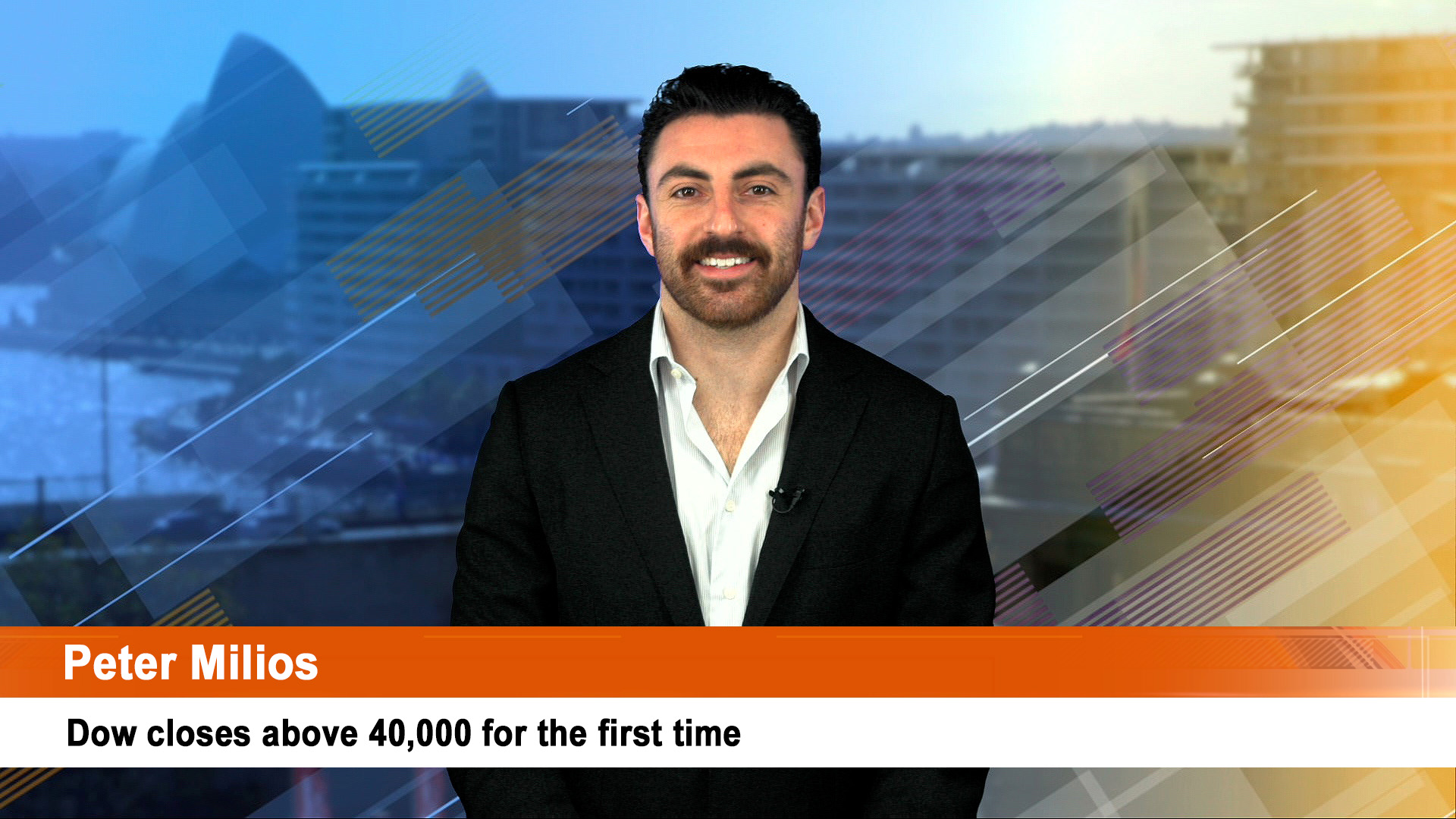Just over two weeks of a very eventful 2020 to go and still no slowing in the flow of influential news and data points. The impact of the COVID-19 pandemic has made even the most routine of figures important – such as inflation, or jobs openings, while corporate results and future projections remain opaque.
Powered by the record spending by governments and central banks, sharemarket investors don’t give a toss – their profits are being underwritten by taxpayers (most big investors do not pay tax or minimise it in the extreme) and share indices are at record or near-record losses.
2021 looms and to many, it will be more of the same thanks to the arrival of COVID-19 vaccines, but that is pie in the sky thinking because the jab will replace the easy money over the next couple of years, and reality will return to markets.
Commodities are booming and that will continue into 2021, but energy – oil, gas, coal – will lag behind. The surge in iron ore prices will end something next year, especially if China’s quiet debt crisis spreads out of shadow banking and into the financial system proper.
Interest rates, inflation, wages growth and job creation will be weak to fitful in the year ahead as a new administration settled in to try and return the US to the straight and narrow and erase the damage caused by Donald Trump and his cronies. But given the entrenched nature of the virus, return the US to normality will be difficult.
Finding jobs for the 20 million Americans out of work or on job support schemes will be the major task in 2021 and it will be tough.
Australia is far better placed than the US or Europe is so far as our unemployment problems as we look out into the new year.
And if you had to pick sectors that will battle in the coming year, select travel/tourism-related stocks, energy companies, and as the year goes on, retailers as the great surge in consumer spending in the last three-quarters of 2020 exhausts itself.
The Australian Bureau of Statistics has recognised this by slashing the weightings for international travel costs in the way the Consumer Price Index will be worked out from this quarter onwards into 2021.
In fact, the cost cut is substantial – more than $18 billion a year based on spending in 2019 and over $19 billion prospectively in 2021, according to the Australian Bureau of Statistics.
For investors, it’s a negative message for the likes of travel groups like Flight Centre, Qantas, HelloWorld, Webjet, Corporate Travel and several smaller operators.
It could also mean a more benign outlook for inflation in 2021 which could be news for companies like Transurban that have inflation plus deals with State governments for infrastructure payments from users.
And countries to watch? China – for being not only the most important economy to the rest of the world, but also politically the most unreliable and the most despotic. China will not care about the damage it causes elsewhere (as we are seeing in Australia).
Iron ore prices are likely to continue around current levels – $US140 to $US160 a tonne heading into the first quarter of 2021 because supplies from Australia and Brazil are likely to be constrained by weather or COVID-related events.
China could make noises about market transparency (because it wants to harry Australia) and support the whingeing Chinese Steel mills which don’t complain when prices are weak.
Foreign exchange markets do not seem to worry – the Aussie dollar is up 9% since the start of November – that’s despite attempts by the Reserve Bank to try and put a lid on its gains and high 10-year bond yields (compared to the US 10 year yield).
The Aussie in fact is up more than 3% so far in December which is a big move in currency markets. The ASX 200 is looking at a small gain for all of 2020 which was unthinkable two months ago.
Currency markets don’t seem to be worried by the way China is harrying Australia and Australian exports – there’s no sign of any concern in the way the Aussie has risen in the past two months.
China though will test the Biden administration early on and it will ignore other countries, international rules, and norms as it tries to assert its power and in doing so comes more and more to resemble a rogue state.
But if the domestic debt pressures (which has already claimed the country’s former largest coal miner) gets out of hand, China and the world could change dramatically.
Some investors still worry about inflation because of the huge spending by governments and central banks, but huge stimulus spending in and after the GFC (and in Japan for the past 30 years) has had little or no impact on inflation in the short, medium or longer term.
Central banks want inflation to start rising because that will be a sign their economies are starting to revive and reduce surplus capacity, close the output gap and hopefully trigger a recovery in wages.
In Australia, the stronger currency is not what the RBA wants to see because it will impact exports and domestic costs and put a gentle lid on cost pressures already weak because of the still large amount of spare capacity in the economy.
Most equity analysts around the world have yet to full understand the deadening effect of surplus capacity on a whole range of activity across an economy.
There’s a real chance now the US economy could return to no or negative growth in the first quarter of 2021 and with retail sales down in October and November, the outlook for the three months to December 31 are now not looking all that flash.
But equity strategists remain upbeat. Those at Macquarie said last wee they expect to see double digit returns in ASX stocks in 2021 thanks to higher earnings and prefer exposure to domestic commodity stocks and resources.
But there is a out – COVID and vaccines. Sydney got a reminder this week that COVID hasn’t gone away and can spread very quickly. Blame complacency at all levels for this outbreak.
But vaccinations remain the ‘magic bullet’ so far as many in the markets are concerned.
“So long as vaccines work as claimed, we are looking forward to reflation in 2021,’’ Macquarie’s 2021 Outlook note released to clients on Friday states.
“We expect economic momentum to peak around April 2021, after we lap the first Covid shutdowns and the RBA’s $100 billion quantitative easing program is completed.’’
After April, the analysts expect Australia’s economy to move to ‘slowdown’ mode where annual earnings average growth of 11%, slower than the growth rate of 21% in the ‘recovery’ and ‘expansion’ phases.
A lot of earnings reports in the six months to June 30 (or September 30, and for the December half off 2021-22 will look weak when compared to the enormous surges some companies have enjoyed this year – retailing, services, resource companies, especially BHP, Fortescue, and Rio Tinto.













